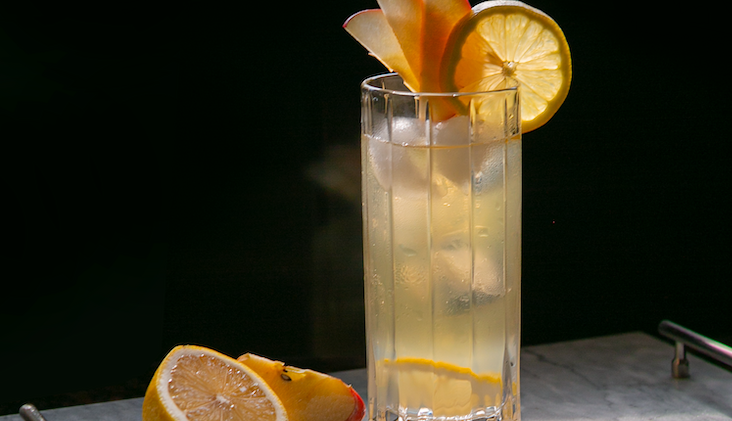Fall is apple cider season for sure, but hard cider — the alcoholic style — is a crisp refresher all year round. While cider is ubiquitous in bars and shops in many parts of Europe, it’s been slower to catch on in the U.S.
That wasn’t always the case: Cider was a mainstream drink in the U.S. during Colonial times, thanks to the prevalence of apple trees. Then European immigrants — particularly those from Germany — brought beer to American and began establishing large-scale lager production in the mid-19th century.
Prohibition posed another problem. Orchards began producing sweeter table apples instead of bittersweet cider apples.
It really wasn’t until the most recent craft beer boom that hard cider began making a comeback in the U.S. Angry Orchard, launched by Boston Beer Co. in 2012, is by far the leading cider in the U.S., with retail sales exceeding $183 million in 2022
Craft beer is also cider’s greatest rival, and both categories have had to contend with competition from new entrants such as hard seltzer and ready-to-drink (RTD) cocktails. Here are a few fast facts about hard cider.
Cider doesn’t have to be made from apples.
Fermented fruit blends of all kinds can be used to make cider. For instance, Portland, OR-based Square Mile Cider recently introduced an Imperial Key Lime Pie offering as a summer seasonal. (Perry, cider made from fermented pears, is its own subcategory.)
Styles vary widely.
Ciders can range from light to dark, dry to fruity, hoppy, like beer, or fizzy like wine. Types include tart and funky sidras from Spain, Champagne-like cidres from Normandy, and dry but fruity English ciders and American ciders.
Cider is highly food-friendly.
Beverage professional say cider is similar to wine when it comes to pairing with food. For instance, the acid in a dry, minerally cider cuts through fat, while hard ciders with residual sugar work like pinot gris or gewürztraminer and matches nicely with salty pork dishes.
Ciders are usually gluten free.
This places them in an ever-expanding market for such products, where some beverages cannot compete.
It works well in cocktails.
The carbonation in cider can lighten the body of a mixed drink, and a dry selection will balance stronger flavors. Experts say it provides an alternative to getting acid into a drink, or a sparkling wine. Here’s the recipe for a cider cocktail.

Ingredients
- 2 oz. Monkey 47 gin
- ¾ oz. Fresh lemon juice
- ½ oz. Simple syrup
- Dry hard cider
Instructions
- Add gin, lemon and simple syrup to a shaker with ice.
- Shake and strain over fresh ice into glass.
- Top with cider.
- Garnish with a slice of apple and a lemon wheel or a fresh citrus twist.







